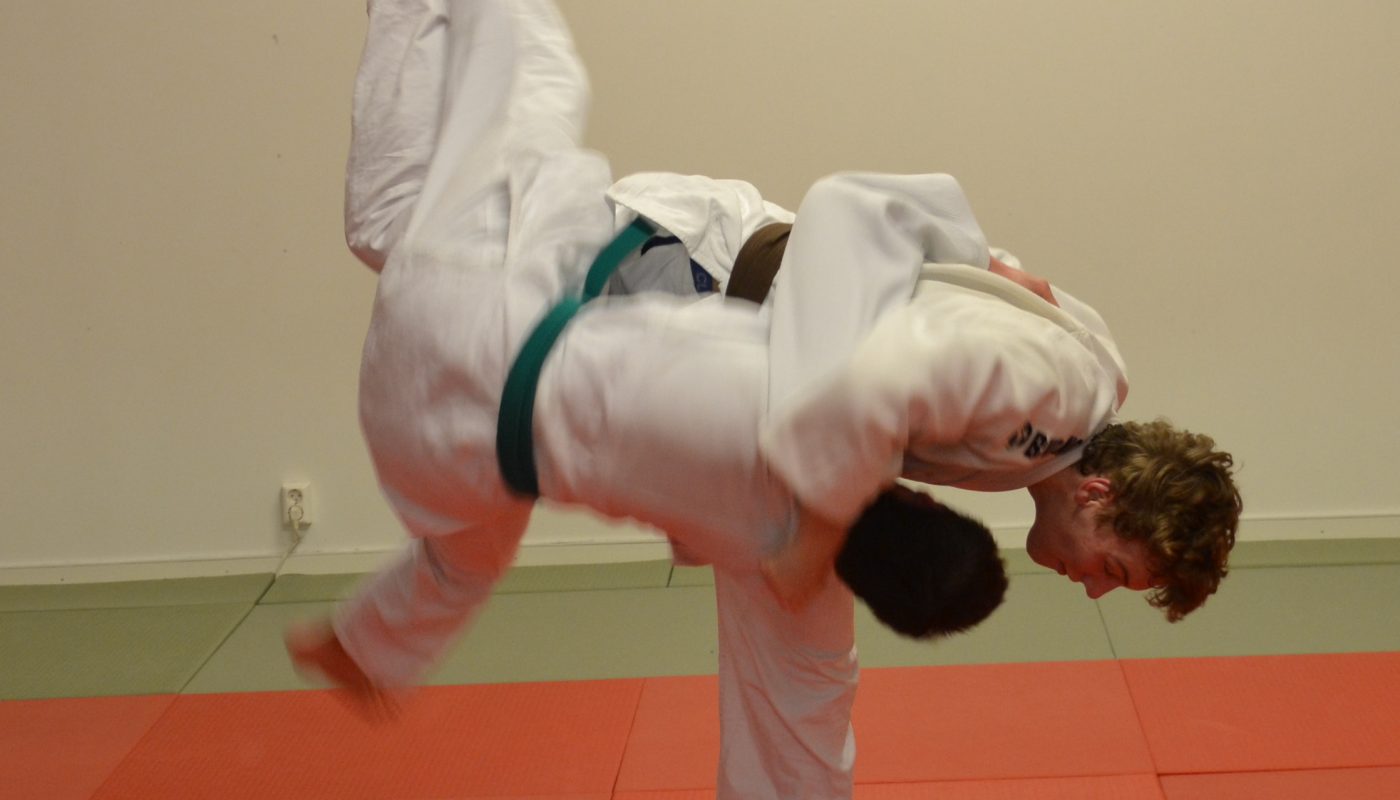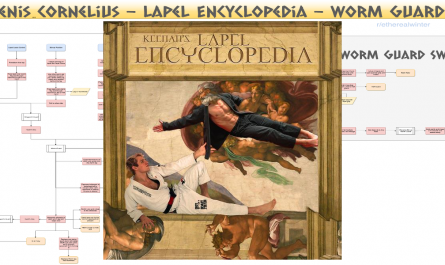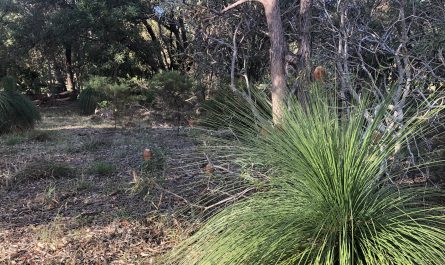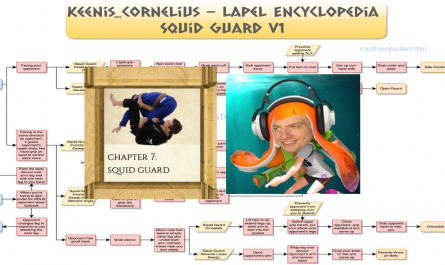Last Updated on 2020-11-29 by EtherealWinter
In anticipation of Danaher’s new instructional series “Feet to Floor” about takedowns for BJJ, the BJJ Fanatics team have released a promotional video where John talks about what he believes are the key selection criteria when determining what a good takedown for BJJ is.
The video is over 40 minutes long and I have summarised the key points below:
- Takedowns that are good for judo, sambo and wrestling aren’t necessarily good for the sport of BJJ due to the sport specific rules.
- 6 criteria that John uses to select good takedowns for BJJ.
- Degree of Back Exposure – How much does the throw expose your back to your oppponent. In BJJ you don’t get stood up by the referee if you can last with your opponent on your back for a set time period unlike in Judo and Wrestling.
- Drop Seoi Nage – Lots of back exposure, you land inside your opponent’s legs. Your opponent can gain hooks and take your back.
- Drop Tai Otoshi – Land outside opponent’s legs, less back exposure.
- Kata Guruma – Partial turn to opponent, some back exposure but not as much as drop seoi nage.
- Sasae Tsurikomi Ashi – No back exposure at all. Chest always facing opponent.
- Ankle Pick – No back exposure.
- Collar drag – No back exposure.
- Degree of Neck Exposure
- Single Leg – Can get loop choked.
- Double Leg – Can get guillotined. If opponent keeps guillotine grip, you don’t get score until you escape your head, a smart opponent will realise when the submission isn’t on and should hip heist and comeback to their feet to prevent you getting takedown points.
- Collar drag – No neck exposure.
- Belt exposure – Your is belt located at your centre of gravity that allows opponents to manipulate you with if they take ahold of it.
- Single Leg – Opponent can take hold of belt and you can get taken down with Uchi Mata or Sumi Gaeshi.
- Sasae Tsurikomi Ashi – No back exposure at all.
- Weight Exposure
- Double Leg – Opponent sprawls and you can be caught underneath them.
- Single Leg – Opponent sprawls and you can be caught underneath them.
- Ankle Pick – No body weight exposure.
- Roll Through Exposure – Typically concern for forward throws, opponent rolls you and you end up on the bottom.
- John prefers dropping techniques as they minimise the chance of roll through as you have lowered your centre of gravity.
- Low Amplitude Throws – e.g. Ankle Picks, low momentum prevents opponent using it against you.
- Degree of Difficulty to Learn – Some throws are just intrinsically are hard to learn and utilise in sparring.
- Defensive stance of your opponent make it difficult for turning throws.
- Ouchi Gari is easier than Tai Otoshi as it require less turning into an opponent’s defensive stance.
- How easy it is to break an opponent’s balance.
- Tai Otoshi requires you to break your opponent’s balance (which is a long turn skill) before throwing.
- The dropping action of Drop Tai Otoshi helps to break opponent balance.
- Degree Of Difficulty is of concern but doesn’t mean you shouldn’t learn other throws but it is a criteria to weigh up.
- Ankle Picks and Collar Drags can be learned and utilised within a 3-6 month timeframe. There is no turning and you drop. Low skill required, relatively
- Hopping Uchi Mata – Requires long term skill acquisition.
- Kosoto Gari – Requires long term skill acquisition.
- Defensive stance of your opponent make it difficult for turning throws.
- Degree of Back Exposure – How much does the throw expose your back to your oppponent. In BJJ you don’t get stood up by the referee if you can last with your opponent on your back for a set time period unlike in Judo and Wrestling.
- Overlap Principle – Sweeps on ground can be adapted as a takedown. While on the ground, Ankle Picking/Collar Dragging an opponent backing up or posting is common in BJJ. Already have skills in that area, just need to modify setups for standup.
- Sasae Tsurikomi Ashi highly good for BJJ.
- Single and Double Legs, despite negatives in criteria are recommended by John, you just need to perform with the right technique, i.e. strong posture etc.
- Ankle Pick and Collar Drag is highly recommended.
- Choice of throws/throw version is typically bad in BJJ, people select the most difficult throws to teach for some reason.
Feet to Floor Volume 1 is designed to get people doing takedowns in the minimum time possible (3-6 months). Volume 2 will look at throws which take longer skill acquisition (Tomoe Nage, Sumi Gaeshi, Uki Waza). Volume 3 will focus on high amplitude throws.
So definitely an interesting instructional. I might give it a look, but I have been already been training judo separately for 2 year already.





It has been awhile. Are you good?
Hi yes, still alive, but haven’t had much time to watch any instructional lately, hence the lack of flowcharts 😅
We miss you, please come back